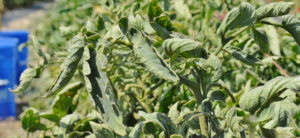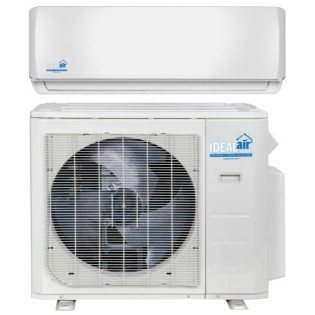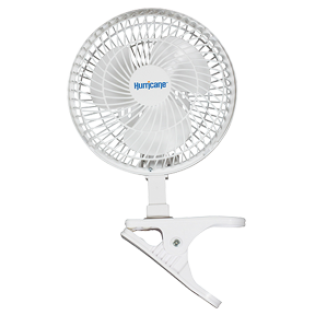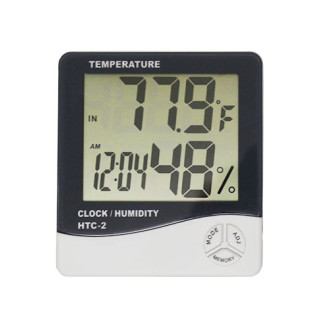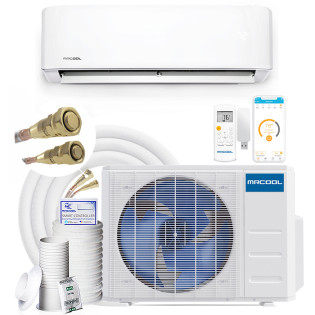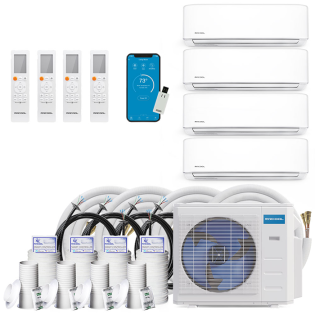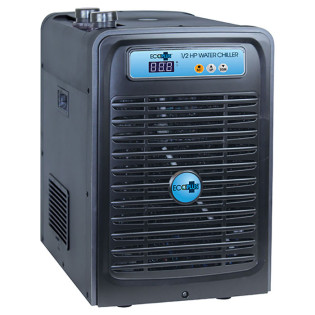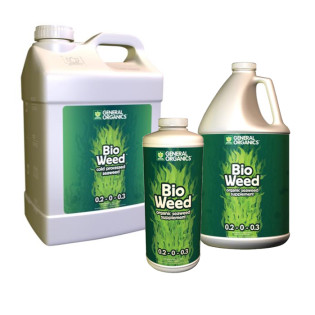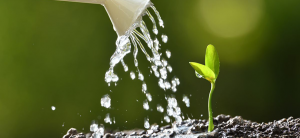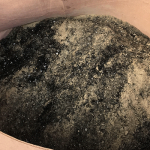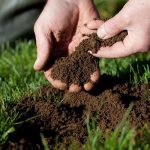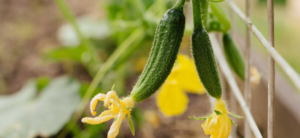
Whether you grow indoors or grow outdoors, you need to learn how to identify and treat heat stress in plants.
When warm weather hits, you might think your plants would be jumping for joy. To some extent, that’s true.
Most plants need lots of warmth and light in order to perform photosynthesis and grow to their full potential.
However, when the temperatures reach a certain threshold and it gets too hot, many plants suffer.
Extreme heat can cause serious stress for your plants, a detrimental condition that left untreated can kill your plants.
If you’re wondering how to identify and fix heat stress in plants, you’ve come to the right place.
These tips will help you get back on the right foot in the garden so you can help them cope with the rising temps.
What Is Heat Stress In Plants?
Heat stress is just as simple as it sounds, though unfortunately not quite as simple to remedy. It is a condition that results when plants are exposed to excessive heat for prolonged periods of time.
Heat stress can refer to both high air and high soil temperatures. Some plants, like succulents, are designed to handle high heat by holding water in their fleshy leaves.
But, most plants do not experience this kind of luxury. As a result, they’ll suffer from ill effects that can often prove to be deadly.
Why Is Heat Stress Dangerous For Plants?

Heat stress causes a long list of side effects in plants. Usually, the first and most common sign of heat stress is wilting.
Wilting is a sure sign that your plants aren’t getting enough water and are losing it as they succumb to the high temperatures.
Left unfettered, wilting can become so severe that plant foliage begins to completely curl up and dry, turning brown before the leaves die off completely.
Leaf drop is another sign of heat stress, a condition that’s most common in trees. Other crops (particularly vegetable and fruit crops) may fail to set and produce healthy fruits due to high temperatures.
Tomatoes, peppers, squash, melons, beans, and pumpkins will lose their blossoms, while cool-season veggies like broccoli will bolt (start producing seed).
Blossom end rot is also much more common in periods of hot weather, particularly for plants like peppers, tomatoes, and squash.
Again, left untreated, heat stress can completely kill your plants. It’s important that you take steps immediately to rectify it if you notice it occurring in your garden.
At What Temperature Do Plants Develop Signs Of Heat Stress?
The best way to determine if its heat stress or some other condition affecting your plants is by checking the temperature in the garden or grow room.
Most plants will begin to show signs of heat stress when temperatures exceed 85 degrees Fahrenheit.
If you are growing outdoors, you'll know exactly how how it is by simply checking the temperature on your phone with the weather app. Or, maybe you even have a thermometer outside!
But what about indoor growing?
You'll need a thermometer in the grow room or grow tent, of course. This can be as simple as a dual use hygrometer, which costs less than $20, or a more sophisticated grow room environment controller.
We'll talk more about these controllers later on, as they can be a godsend to any indoor grower seeking environment optimization and automation.
Will Plants Recover From Heat Stress?
Plants can recover from heat stress, but only if it is not a permanent situation. Sure, there are steps you can take to help your plants deal with lots of heat temporarily.
But, if you leave them exposed to these high temperatures for a long period of time, there is a good chance that they will die.
Most plants can recover when removed from the heat as long as they are generally healthy and given plenty of water and shade to help them recover. We'll explain how to treat heat stress in just a moment.
What Plants Can Withstand Heat Stress?
Most plants will eventually reach a breaking point when it comes to heat stress, but there are some that can withstand ridiculously high temperatures with ease.
As you might expect, these tend to be plants that are acclimated to the tropics or to arid desert climates.
Succulents, like sedums, cacti, and aloe, tend to be some of the best at withstanding heat stress.
Other plants that do well in the heat include lantana, marigolds, euphorbias, and salvias.
How To Identify Heat Stress In Plants
There are several signs of heat stress in plants. The challenge in identifying it, though, is that its signs and symptoms are similar to those that plants might experience as the result of other conditions.
In general, a heat-stressed plant will have leaves that are yellowed or exhibiting some brown spotting. This is usually accompanied by wilting.
They may look burned in some places, particularly if they are also receiving too much light. This is particularly common indoors, if growers use too powerful of grow lights on young plants, or hang their lights too close to the canopy.
Often, leaves curl down or curl up, fold inward like canoes, or can even flip upwards if they are serrated.
Ruling Out Other Plant Problems
Keep in mind that there are several conditions that can appear similar to heat stress. For example, overwatering can often cause your plants’ leaves to curl and become discolored.
However, you will know that it’s overwatering to blame if the soil around your plants seems spongy or sodden to the touch. The same goes for leaf drop. If your plants start losing their leaves, that’s a good sign that it’s heat stress to blame.
However, if the leaves seem to be falling off the plants and look as though they were cut from the stem, it could be a pest (like a tomato hornworm) to blame instead.
If you’re growing in a hydroponic setting, high temperatures can also trigger root rot. This is a serious condition that can kill your plants - and it’s impossible to come back from.
On the flip side, growing in an environment with too little humidity can make it more likely that your plants become heat stressed.
Even if it’s not that hot, your plant can develop symptoms of heat stress. Heat stress tends to be the most detrimental during the flowering stage for many plants, since the plant is no longer focused on growing leaves (which requires higher temperatures in some cases).
How Do You Treat Heat Stress In Plants?
There are several ways you can treat heat stress in plants. The best approach for you will depend on what kinds of plants you are growing and whether you are growing indoors or outdoors.
Treating Heat Stress In Indoor Plants
If you are growing plants indoors, it will be much easier for you to remedy the issue of heat stress in your plants.
Consider Your Grow Light Setup

Simply reduce the amount of heat you are providing your plants. One way to do this is you can use cooler, more energy-efficient LED grow lights
You may also consider moving your grow lights further away from your plants or installing a fan near your plants to prevent hot spots from forming directly beneath the grow lights.
Optimizing & Automating The Grow Room Environment

In some cases, using an air conditioner in your grow room might make sense. There are portable grow room A/C's for smaller rooms, and large commercial A/C's for bigger operations, such as the Quest IQ Series.
You should also bring in more circulation fans. These will not just combat high temperatures and humidity in the grow space, they'll also make your plants dance, strengthening stems and producing plants capable of supporting heavy flowers.
In terms of automating this, you can use a grow room controller to turn on & off air conditioners, dehumidifiers, fans, grow lights, and more.
The device will monitor conditions in the room, and if something is out of whack, it will fix it without you having to lift a finger! Learn more about grow room automation in our complete guide.
Set Up Your Ventilation System

A final essential step in eliminating excess heat in the grow room or grow tent is setting up your ventilation system if you haven't already.
At the very least, you should have an exhaust kit to remove heat from the growing space, and exhaust it outside.
Many growers will also have a basic intake system to bring in cool, fresh air for their plants. This not only helps prevent heat stress, but gets your plants fresh CO2, prevents odors in the grow room, and more.
Another tip when regulating the temperature in your grow room? If it’s too hot for you, it’s probably too hot for your plants.
If you grow in a tent, you'll definitely suffer with grow tent heat at some point or another. We recommend you read our entire guide on that, as we provide specific remedies and tips for grow tent growing!
Treating Heat Stress In Outdoor Plants

Although you’ll have less control over the temperature of your plants during a heat wave, there are still steps you can take to reduce the impact that heat stress has on whatever it is you are trying to grow.
For starters, water plants in the evening or early morning hours to limit the amount of water that is lost due to evaporation during the day.
If you can, increase shade with a shade cloth or simply move potted plants out of the sun. Additional watering is an absolute must.
Plants that were recently transplanted as well as those that are being grown in containers require additional irrigation, with some requiring twice-daily watering.
Give plants a thorough drink until you see water coming out of the drainage holes. If you want to learn more, check out our guide to protecting your plants from outdoor conditions!
Minding Your Plants Root Zone Temperatures
Try to keep your plants’ roots as cool as possible. This applies when you are growing outside, too.
Keep the roots cool by growing in fabric pots, which are more breathatble, or mulching with a cooling material (like straw) around your plants.
If you are growing hydroponically, you'll more than likely need a water chiller to keep your reservoir cool. If you don't, your plants will become far more susceptible to root rot, and will grow incredibly slowly.
Read our complete guide on why hydroponic water temperature matters for more information
Using Plant Nutrients & Additives To Battle Heat Stress

Finally, regardless of whether you are growing indoors or out, you may find that applying certain nutrients or additives builds up your plants resistance to all kinds of stressors, including heat!
One of the most powerful superfoods you can feed your plants is silica. It just increases plant strength, hardiness, and resistance in general.
Your plants will be less susceptible to a myriad of conditions, including pests and diseases. Read our complete guide on silica for plants for more information!
Another good additive you can provide your plants is seaweed or kelp meal. This is a good preventative measure, but it will also help your plants recover from stress.
Final Thoughts On Identifying & Treating Heat Stress In Plants
Heat stress in plants can be, needless to say, stressful! This is true for both you and your plants.
Fortunately, there are steps you can take to mitigate the effects of a hot spell on your plants.
We recommend reading our complete guide on grow room atmosphere to help you understand the ideal conditions for your plants. We cover not just temperature, but humidity, CO2, and more.
This guide also explains how you can easily create these condtions for them. In return, they'll reward you with a heavy, potent harvest!
By being vigilant in terms of where and how you care for your plants, you’ll reduce the likelihood of long term problems and be able to grow bountiful, beautiful plants for many growing seasons to come.





